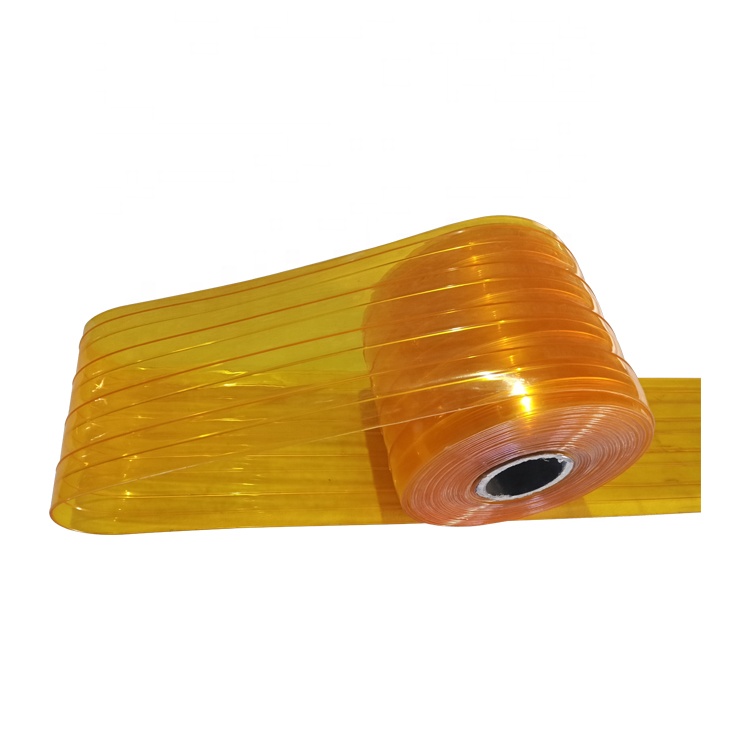acrylic sheet
The Versatility of Acrylic Sheets A Modern Marvel in Materials
Acrylic sheets, often referred to as acrylic glass, have emerged as a popular material in various industries due to their remarkable properties and versatility. Since their introduction in the mid-20th century, acrylic sheets have found applications in everything from signage and displays to construction and art. This article explores the benefits, applications, and sustainability aspects of acrylic sheets, shedding light on why they are an essential material in today’s world.
What are Acrylic Sheets?
Acrylic sheets are made from polymethyl methacrylate (PMMA), which is a transparent thermoplastic. Known for its glass-like appearance and light weight, acrylic is incredibly durable and resistant to impact, making it an excellent alternative to traditional glass. These sheets can be produced in various thicknesses, colors, and finishes, offering a range of aesthetic options for designers and manufacturers alike.
Advantages of Acrylic Sheets
One of the primary advantages of acrylic sheets is their optical clarity. With light transmission rates exceeding 92%, they are ideal for applications where visibility is crucial, such as display cases or protective barriers. Additionally, acrylic sheets are significantly lighter than glass—up to half the weight—making them easier to handle and transport.
Moreover, the material is highly resistant to UV light, unlike many other plastics. This property helps prevent yellowing and degradation, making acrylic an excellent choice for outdoor signage and applications exposed to the sun. Its weather resistance and ease of fabrication further contribute to its popularity across various industries.
Wide Range of Applications
acrylic sheet

Acrylic sheets are used in numerous fields. In the realm of architecture and design, they are employed for skylights, windows, and partitions, allowing natural light to penetrate while maintaining a modern aesthetic. In retail environments, acrylic is often utilized for display stands, signage, and point-of-purchase displays, enhancing product visibility and appeal.
The automotive industry also benefits from acrylic sheets. They are increasingly used in car windows, instrument panels, and lighting applications due to their lightweight nature, which can contribute to improved fuel efficiency. Additionally, the medical sector relies on acrylic for various applications, including protective shields, medical devices, and laboratory equipment, thanks to its bio-friendly properties.
Art and crafting are other areas where acrylic sheets shine. Artists often use them for paintings, sculptures, and installations due to their versatility in cutting and shaping. The vibrant colors and textures available create endless possibilities for creative projects.
Environmental Considerations
As industries move towards sustainability, the environmental impact of materials is becoming increasingly important. Acrylic sheets can be recycled, which helps reduce landfill waste. When disposed of properly, they can be processed and repurposed into new products, minimizing the ecological footprint associated with their production.
Additionally, many manufacturers are developing environmentally friendly acrylic options, such as bio-based PMMA. These advances aim to decrease reliance on fossil fuels and improve the sustainability of acrylic products.
Conclusion
In summary, acrylic sheets are a modern material marvel with a plethora of benefits and applications. Their clarity, lightweight characteristics, and resistance to impact and UV light make them an ideal choice for a wide range of industries. As the demand for sustainable practices continues to grow, the development of eco-friendly acrylic options further positions this material as a cornerstone of innovation. Whether in architecture, automotive design, retail, or art, acrylic sheets are reshaping how we think about materials and their capabilities in the modern world.
-
Industrial Roll Up Curtains | Clear, Durable & Flexible BarriersNewsAug.28,2025
-
PVC Strip Curtain Mounting Brackets | Durable, Easy InstallNewsAug.27,2025
-
WANMAO Super Clear PVC Sheet & Transparent Cover FilmNewsAug.26,2025
-
Durable Welding Strip Curtain Rolls for Safety & EfficiencyNewsAug.21,2025
-
Heavy Duty Cold Room PVC Strip Curtains - Energy Efficient SolutionsNewsAug.19,2025
-
Durable PVC Curtain Track - Easy Install & Smooth GlidingNewsAug.18,2025



